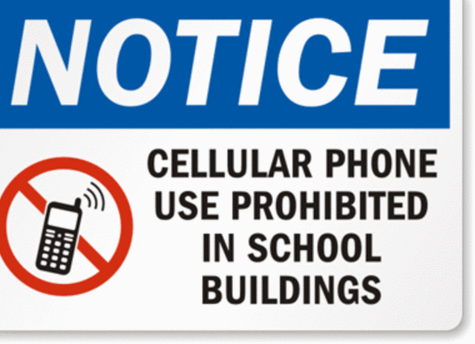Public Middle School Implements Full Ban on All Phones and Smartwatches

A public middle/intermediate school has recently implemented a comprehensive ban on all mobile phones and Apple Watches for its students. This policy change, which includes both traditional smartphones and wearable technology, has been met with approval from parents, including Bobby Fijan, who stated on social media, > "Our son’s public middle/intermediate school just banned all phones and (just as importantly) all apple watches. Very glad they did."
This school's decision aligns with a growing national movement to restrict personal communication devices in educational settings. As of April 2025, at least eleven U.S. states have enacted statewide policies limiting or prohibiting cell phone use in schools, with some, like Missouri's Senate Bill 68, explicitly including smartwatches in their prohibitions. This trend reflects concerns among educators and policymakers about student distraction and well-being.
Proponents of such bans cite numerous benefits, including improved academic focus and enhanced classroom engagement. Studies suggest that removing mobile devices can lead to reduced distractions, potentially boosting student performance, particularly for low-achieving students. Furthermore, a significant reduction in cyberbullying incidents and an increase in face-to-face social interactions among students during school hours are often reported outcomes.
The inclusion of smartwatches in the ban is particularly noteworthy, as these devices have increasingly served as alternatives to smartphones, allowing for continuous communication and potential distraction. While some parents view smartwatches as a safety measure for emergency contact, schools are finding them to be equally disruptive. The comprehensive nature of this ban aims to create a truly device-free learning environment, fostering greater presence and interaction.
Despite the reported advantages, device bans can present challenges, such as limiting immediate communication between students and parents during emergencies or after-school changes. Critics also point to the importance of teaching students responsible technology use rather than outright prohibition, and some research indicates mixed results regarding academic improvements. However, the prevailing sentiment among many educators and parents is that the benefits of a less distracted and more interactive school day outweigh these concerns.